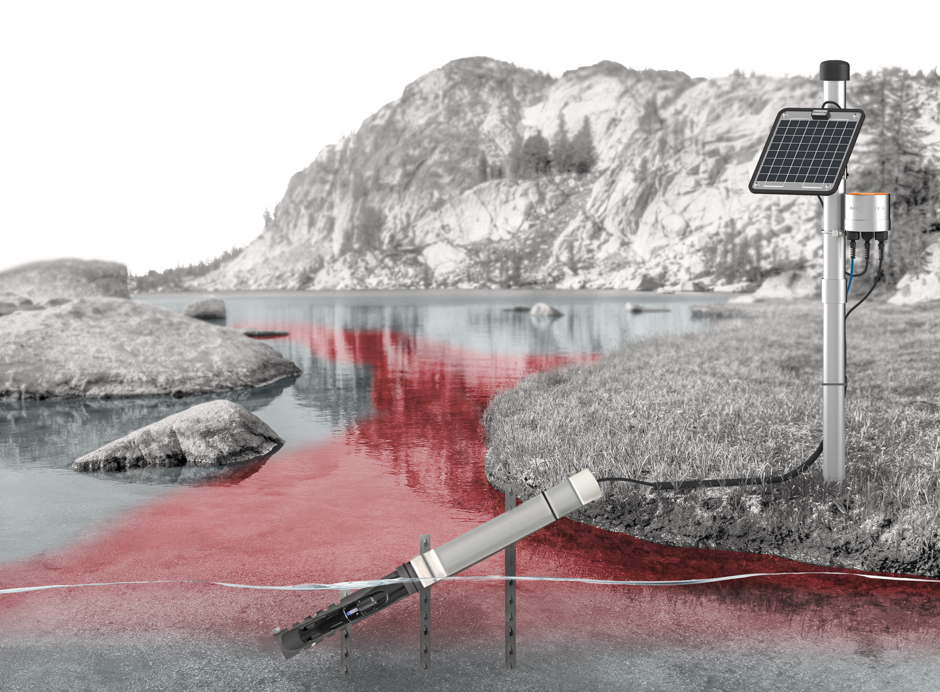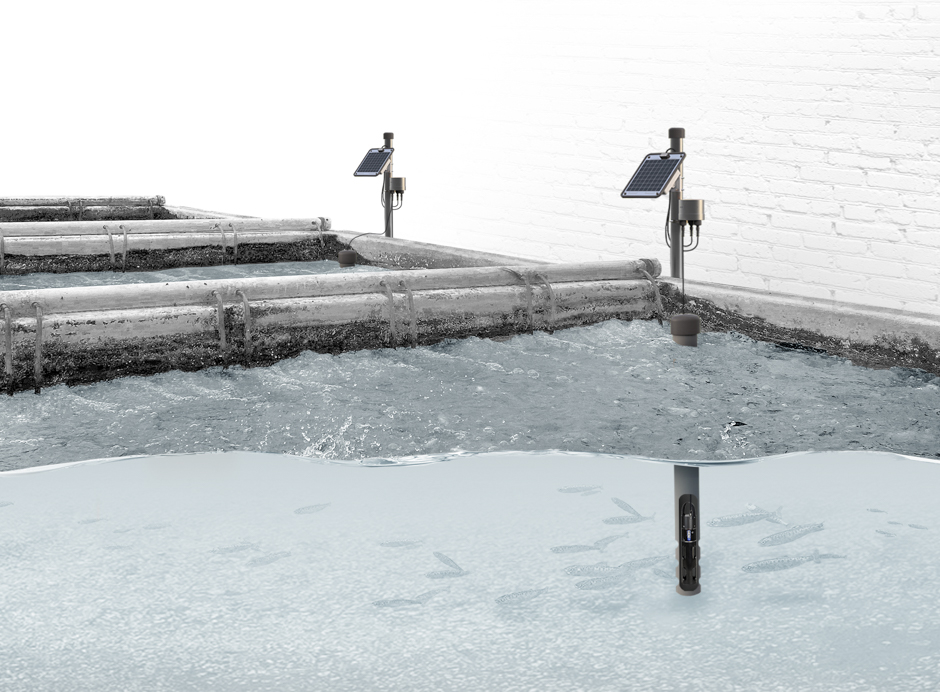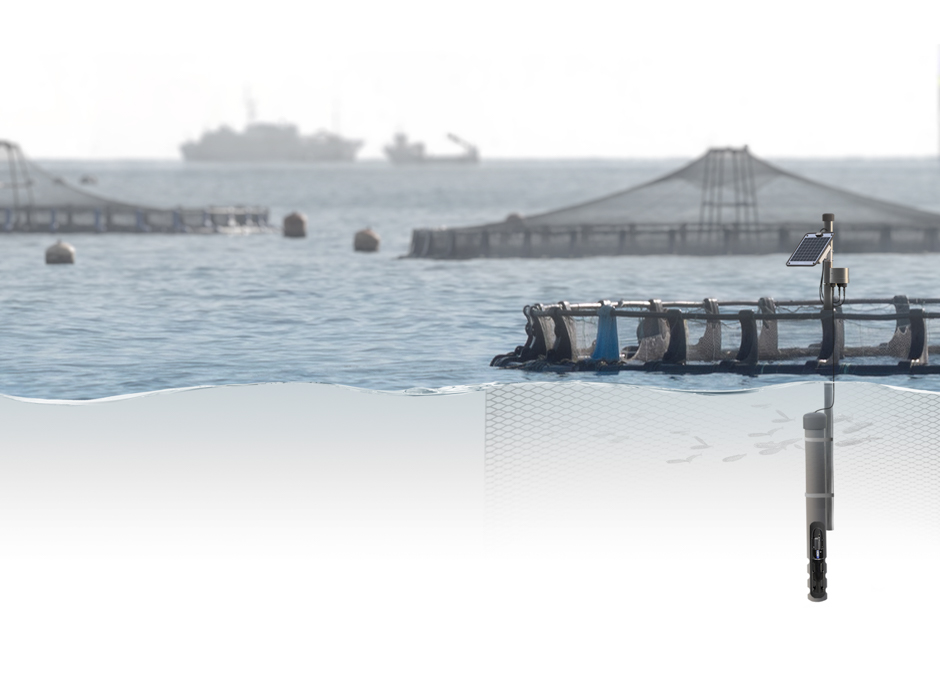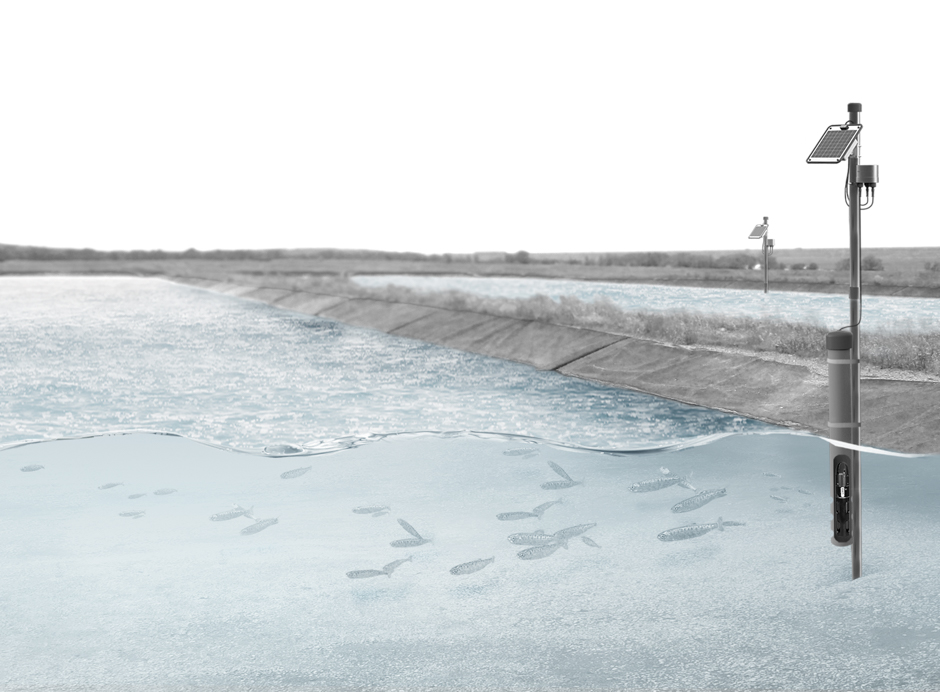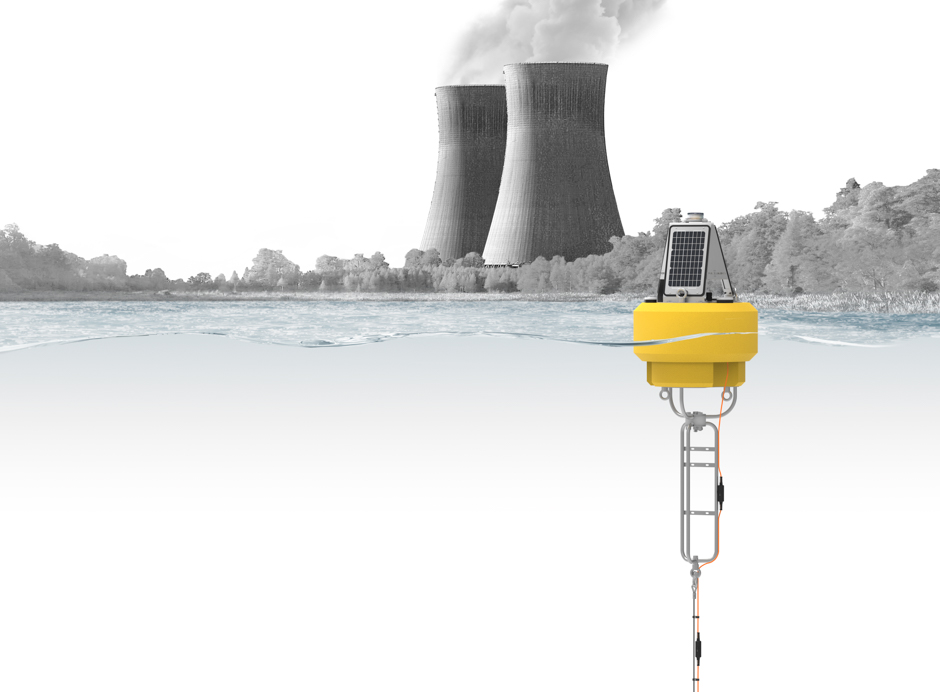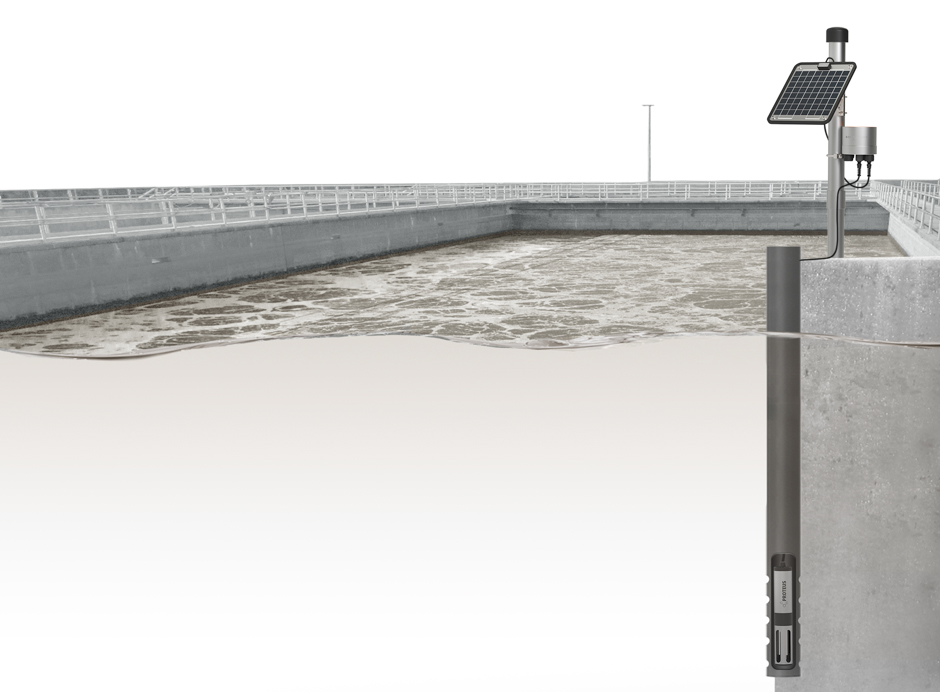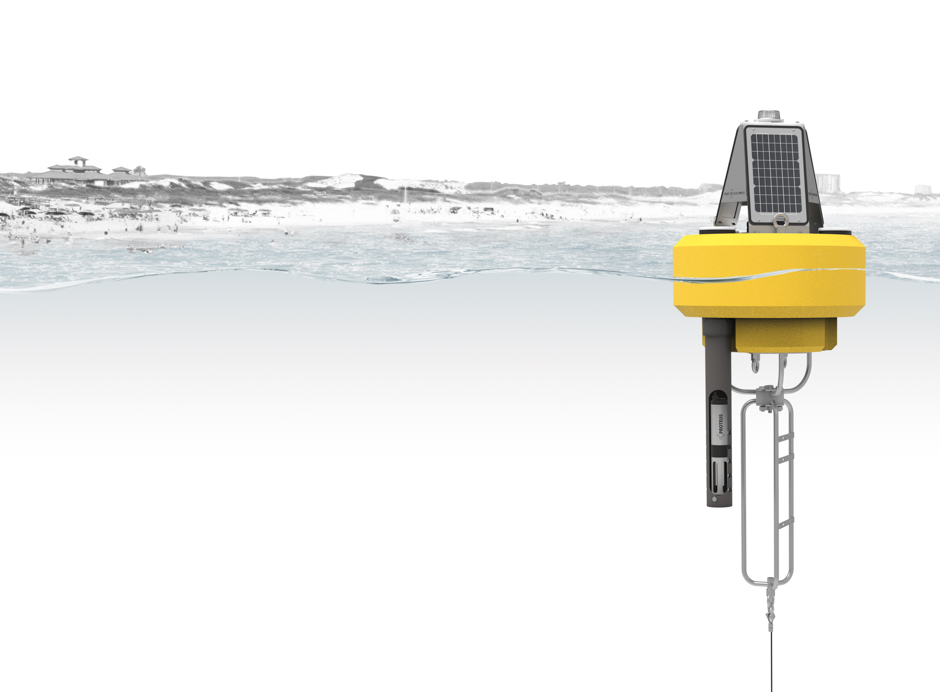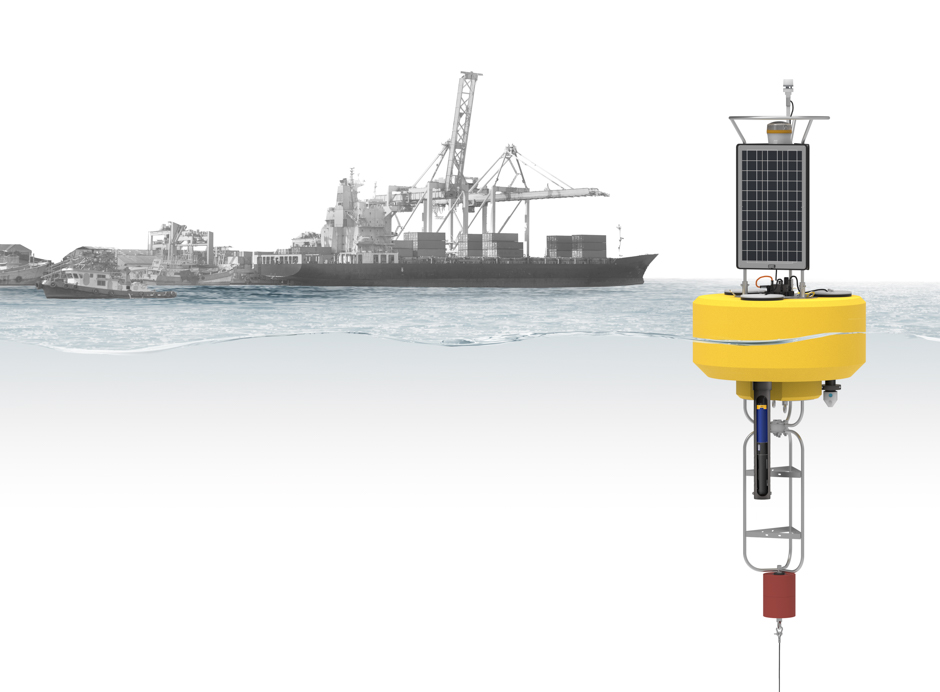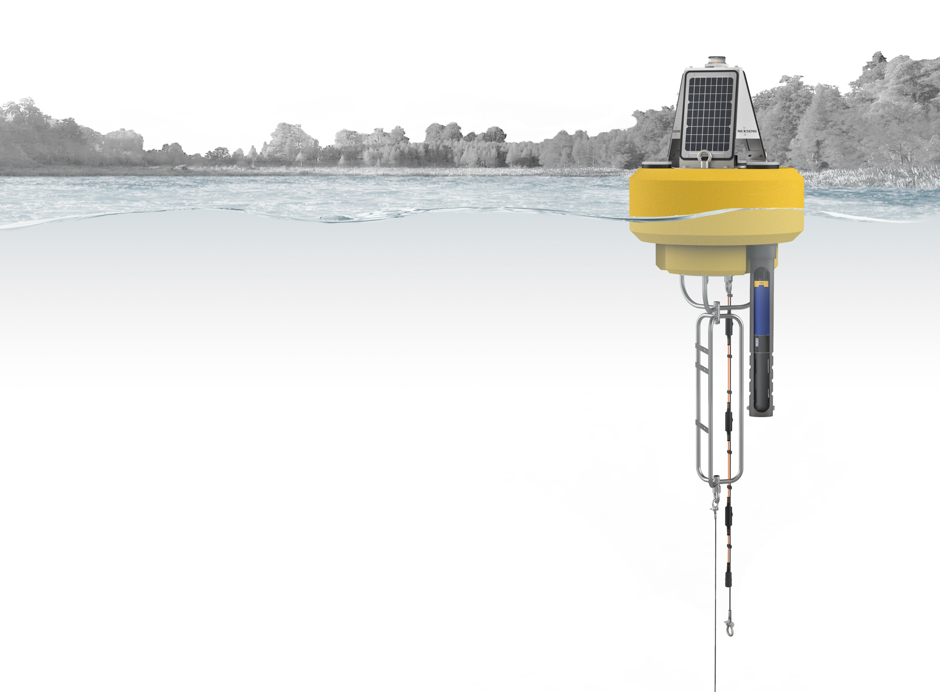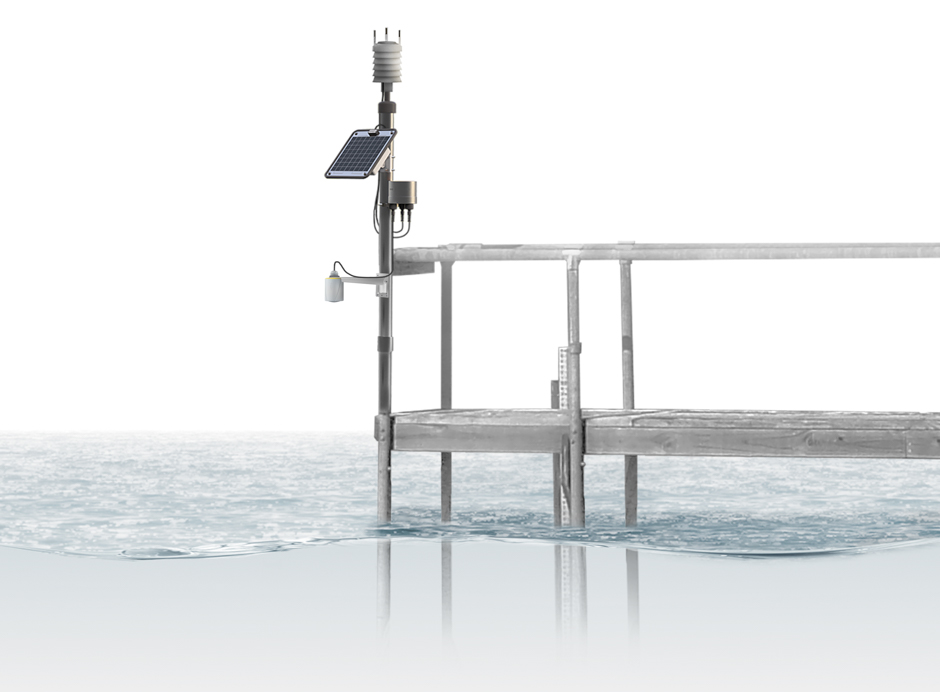Your are searching for: wireless water quality
There are 22 results found
Rhodamine Dye Tracing
Rhodamine is a red-colored dye detectable by a fluorometer when dissolved in water. It is commonly used for time of travel studies that measure the movement of water. While many studies are short-term and performed with manual sampling, other cases may call for real-time delivery of data over longer periods or from relatively inaccessible locations.
Recirculating Aquaculture (RAS) Monitoring
Recirculating aquaculture systems (RAS) are a unique and emerging development in the field of aquaculture where fish are raised on land in tanks. Water use is minimized through filtering, treatment and reuse. Success with RAS is therefore dependent on careful management and monitoring using automated water quality measurement systems.
Cage Aquaculture Monitoring
Cage aquaculture developments have opened up new possibilities for cultivation of various fish and other aquatic species. Maximizing production, reducing inputs, and minimizing environmental impact all depend on healthy water quality. Real-time monitoring systems deliver the data needed to optimize cage aquaculture operations.
Pond Aquaculture Monitoring
Pond aquaculture is one of the major sources of fish and seafood produced for human consumption worldwide. Pond aquaculture monitoring systems can help to ensure optimal water quality conditions for production, avoid excess resource consumption and environmental pollution, and alert for any rapid changes in conditions.
Thermal Effluent Monitoring
Power plants, paper and steel mills, refineries, and other large industrial facilities often use water for cooling. Heated process waters discharged back into surface waters can potentially cause thermal pollution. Thermal effluent monitoring systems help ensure sufficient cooling before discharge, thereby protecting aquatic fauna and flora.
Wastewater BOD Monitoring
Biochemical oxygen demand (BOD), an important wastewater treatment measurement, is often determined via a lengthy test such as BOD5 before treated waters are discharged to the environment. Recent advances now make it possible to measure BOD, COD and other parameters accurately in near real-time.
Beach E. coli Monitoring
A refreshing bath to cool off from the hot sun is a favorite pastime for many a beachgoer. Nobody wants their day of fun and sun to turn into a nightmare, but an invisible threat has the potential to do just that: E. coli and other fecal coliform bacteria. Fortunately, NexSens beach E. coli monitoring systems can take real-time measurements and help keep us safe.
Port and Harbor Monitoring
Ports and harbors are essential for transportation of people and goods throughout the world. To help ensure safe operation, port and harbor monitoring systems can measure weather, waves and currents in near real-time, or turbidity and water quality during dredging and other construction activity to ensure environmental protection.
HABs Detection System
Harmful algal blooms (HABs) are an issue associated with eutrophication, the presence of excess nutrients in water. Rapid growth of organisms like cyanobacteria can deplete oxygen levels, increase stratification, and produce harmful toxins. NexSens automated detection systems can help track HABs and predict when potentially hazardous conditions are forming.
Tide Gauges
Tide gauges measure tidal fluctuations, instantaneous water depths and long-term water depth averages in coastal areas. NexSens automated tide gauge systems utilize the latest sensor technology to deliver accurate, comprehensive data for long-term trend analysis, near and long-term forecasting and alerting of extreme conditions.

